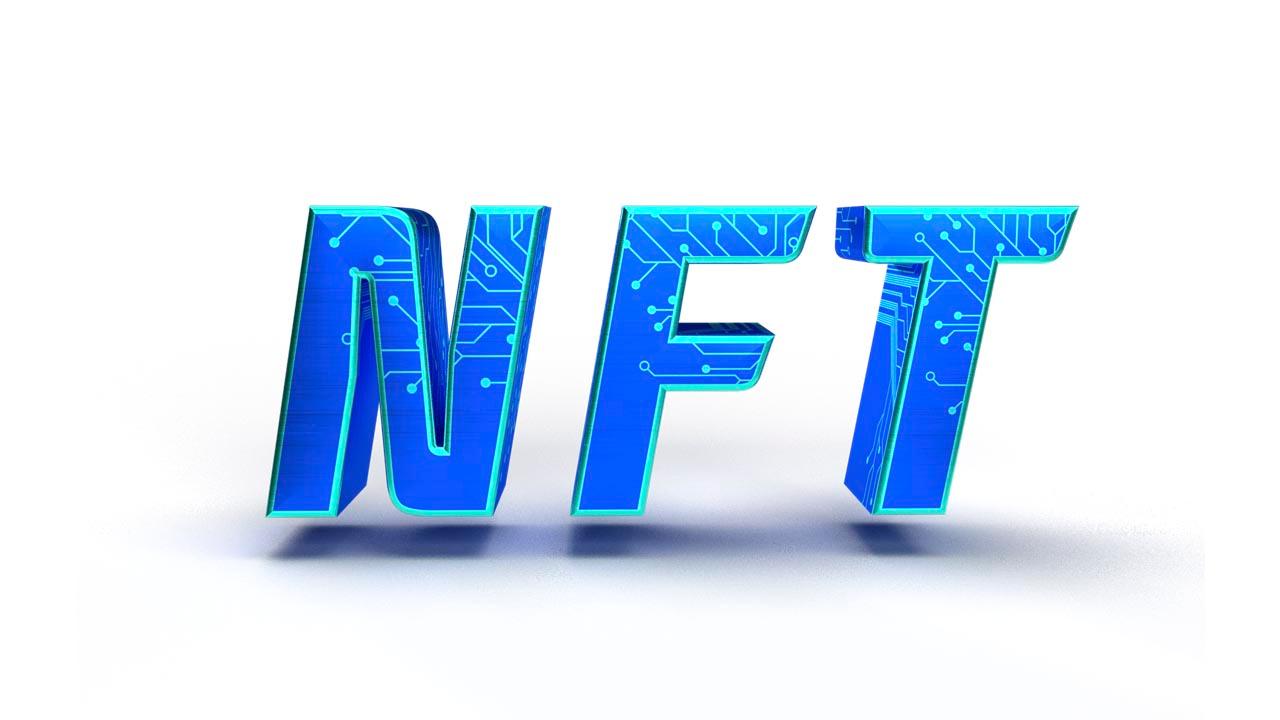Why do people spend fortunes on NFT Art?
The NFT markets are booming, and the most popular pieces can fetch millions of dollars, but outsiders have no idea why someone would pay anything for a jpg.
By Staff
Thousands of artists work every day to generate visuals that will be sold on online exchanges as digital tokens (NFTs). The markets are booming, and the most popular pieces can fetch millions of dollars, but outsiders have no idea why someone would pay anything for a jpg.
According to Chainalysis, the market for NFTs boomed in 2021, with sales worth more than $40 billion, fueled by high-profile auctions. These transactions do not involve the exchange of physical pieces of art. Those who purchase art use cryptocurrencies and receive NFTs in return for a unique piece of computer code relating to that work that is stored on a blockchain, a kind of digital ledger that cannot be altered.
There’s no reason to suppose that pricing from last year won’t hold up in 2022; for example, Justin Bieber paid more than $1.3 million for an NFT from the “Bored Apes Yacht Club” collection last week.
The collection sold dozens of NFTs everyday for an average price of $250,000. It had 10,000 cartoon ape photos with changes in the backdrop and other elements created by an algorithm.
Why would anyone buy an NFT?
Some critics believe that large transactions are driven only by profit, with key actors masking their genuine motivations with technobabble and celebrity endorsements.
Fans, on the other hand, see technological complexity as an essential element of the worth of goods and worship it with cultish devotion.
Mumu thestan, a Malaysian artist, defines it as a diverse terrain.
“You can’t treat the whole NFT community as one, the mainstream audience thinks NFTs are about selling a jpeg for millions or making a monkey picture. That’s not all it is.”
Nonetheless, one of the most popular stories about NFTs is that speculators make huge profits by flipping their assets.
How do these artists find sellers?
The growth is fueled by social media buzz and celebrity endorsements.
CryptoPunks, a collection of blocky graphics of punk rock in the 1970s, was the must-have collection in 2021. Some of these are owned by celebrities like Jay-Z, Snoop Dogg, and YouTuber Logan Paul, who paid millions for them.
Now it’s Bored Apes, as Justin Bieber shared a photograph of an ape with his 200 million Instagram followers, giving a significant boost to an already popular collection that has already been touted by tennis legend Serena Williams.
It’s critical to keep the work buzzing, whether it’s painstakingly made original artwork or algorithmically generated ape images.
How does this compare to traditional art?
This community-building has obvious parallels to the traditional art market, where young artists sometimes work just as hard to create a following as they go on their work.
Last year, Christie’s further solidified this link by selling an NFT by American artist Beeple for $69 million, making him the third most valuable living artist.
It may surprise you to learn that the buyer could have purchased a Van Gogh or a Monet painting for similar prices last year.
Small players in the NFT sector, like those in the art market, think that their firm is about much more than just making money.
